No matter where you go in Slovenia and the whole Southeast European region, Laško is a name that is synonymous with the green bottles and cans of the locally-made Zlatorog brand pilsner.
The truth is that Laško and beer are almost the same in Slovenia. This in itself is definitely not a small achievement considering the small size of this medieval town with a population of 3,600 residents. But Laško, Slovenia has more things in store than its globally acclaimed brewing tradition.
Table of Contents
Laško, Slovenia at a Glance
The town of Laško itself is among Slovenia?s oldest continuously populated settlements with its compact old city centre that has an enviable location amongst the picturesque valleys and rolling hills that spread out in every direction from the Savinja River.
The surrounding area is just waiting to be explored either on foot or by bike. What is interesting here is that long before the large-scale commercial production of beer in the area, the town was already renowned for its thermal springs and healing powers. This even became the favourite holiday spot of Emperor Franz Joseph of Austria in the mid-19th century.
From then on, the thermal spa of Laško has grown to become one of the most important tourist centres and health resorts in entire Slovenia, with modern hotels, crowded with guests from across the globe all year long.
There is also another thermal space centre located several kilometres to the southern part of Laško in Rimske Toplice, a charming village that is smaller compared to the complex in Laško proper. It was renovated not too long ago and is esteemed for its great value.
In other parts of the municipality, the primary attraction is the remains of the 12th-century Carthusian Monastery in Jurklošter which is located around 15 kilometres to the east of Rimske Toplice. You can also find the imposing Zidani Most settlement that is set high above the convergence of the rivers of Savinja and Sava at the far western tip of the region.
The European Commission also recognized the famed thermal springs and beer traditions of Laško together with the rich natural and cultural heritage of the region and even received the prestigious European Destination of Excellence or EDEN Award in 2013. The town was also rewarded with the Slovenia Green Destination Bronze and Certificate of Green Scheme of Slovenian Tourism.
But the main highlight continues to be beer-related with around 150,000 visitors who flock to the area for the yearly Beer and Flower Festival held every summer. You can think of it as Slovenia?s own version of Oktoberfest but this time, with cheaper beer and more flowers. All of these can be enjoyed after a 10-minute train ride or drive south of Celje.
Laško Brewery Tour
Started by a local producer of gingerbread and mead as far back as 1825, Laško Brewery was initially located in the Valvasorjev Špital building found in the city centre. The flagship Zlatorog brand in Laško is by far the most famous beer in Slovenia and is a staple on the menus at pubs and restaurants all over the former states of Yugoslav and beyond.
If you are interested in learning more about the eponymous brew of Laško, don?t miss the chance to embark on the exciting brewery tour. This tour entails a stop at the museum of the city where you can browse through the well-presented exhibits outlining the almost 200-year brewing history of Laško. It includes the short-lived attempt of using water coming from the healing thermal springs of the city for the process.
From the museum, the tour proceeds across town to the state-of-the-art facilities of Laško and one of the region?s biggest breweries and capped off with the mandatory beer tasting. This tour of Laško is something that you should never miss if you get the chance to visit this lovely Slovenian town.
Laško Museum
Nestled back off the main square of the city in a gorgeously renovated villa, the noteworthy small museum first opened its doors in a different location in 1910. Committed to celebrating and preserving the town and its surrounding region?s history, the collection of the museum is categorized into three primary areas.
These include Laško?s spa tourism and beer brewing, the town over time, and the area?s geological history complete with displays of fossil records and archaeological findings. The museum also holds occasional exhibitions.
Tabor Castle
Perched on top of a tiny hill located to the east of the town centre, Tabor Castle can be easily reached on foot and offers stunning views of the river valley that meanders off in both directions and the town right below.
This castle was probably constructed during the 11th or 12th century and not long after, the Counts of Celje took ownership. They were the most powerful family in the region for many generations throughout the 14th and 15th centuries.
In 1487, the Turks burnt the castle to the ground, and it was soon used as a camp before it was left to crumble into ruins in the next two centuries. During the mid-1980s, Laško Brewery purchased the castle leading to its restoration. These days, the castle serves as the home to the acclaimed Pavus restaurant, the very popular wedding hall, and a lovely summer garden.
The Home of Anton Aškerc
Tourists are not only given the chance to explore the family house of Anton Aškerc, the legendary Slovene poet, located near Rimske Toplice in the village of Senožete. The own grandnephew of the poet actually runs the place and has turned it into a museum.
Here, visitors will be able to see the displays of the poet?s work and some traditional furnishings like the black kitchen that was quite common in Slovenia during his lifetime. Popular for his romantic ballads and epic poems. The grounds and the house?s surrounding area have been restored as well and are suitably worthy of a contemplative and relaxing stroll after browsing the exhibition. You can also find a small store in the house that offers a fine selection of local handmade items.
Posts from the same category:
- Slovenia Terme – Relaxation for peace lovers
- Enjoy Ultimate Wellness in Slovenian Spas
- Thermana Laško Spa Resort is Your Ultimate Relaxation Destination
- Slovenia terme – Three best Slovenian thermal spas for families
- Relaxation and Health for Your Spirit and Body
- Experience Ultimate Health and Relaxation at Thermana Laško
- Safety Tips for Spas and Swimming Pools for Children
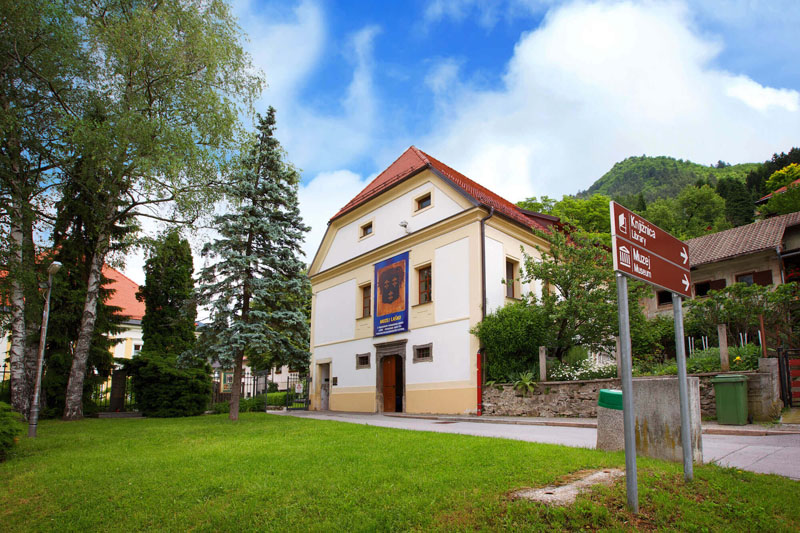
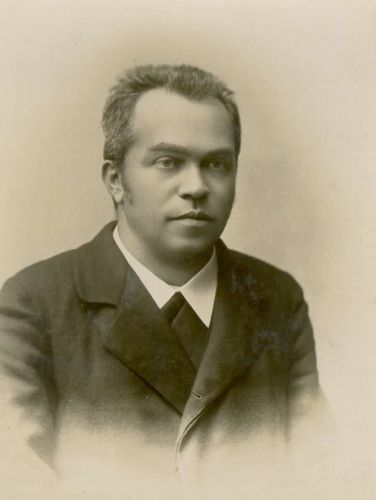


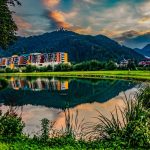

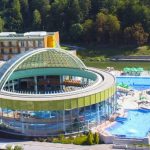
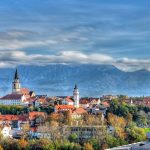


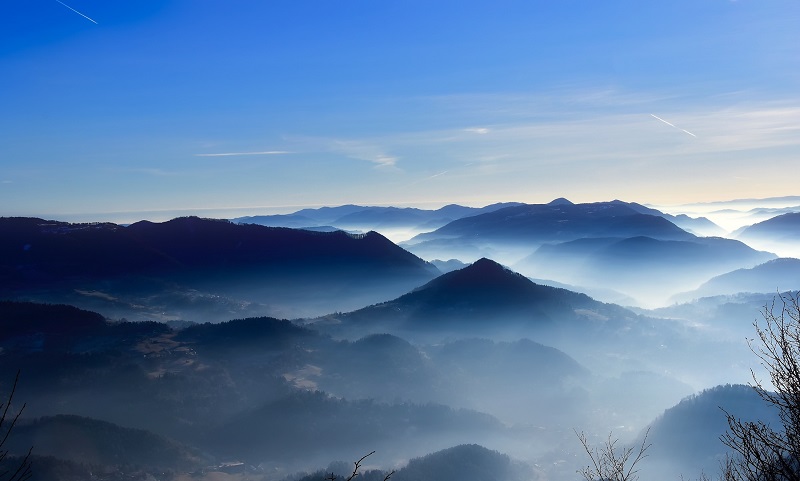
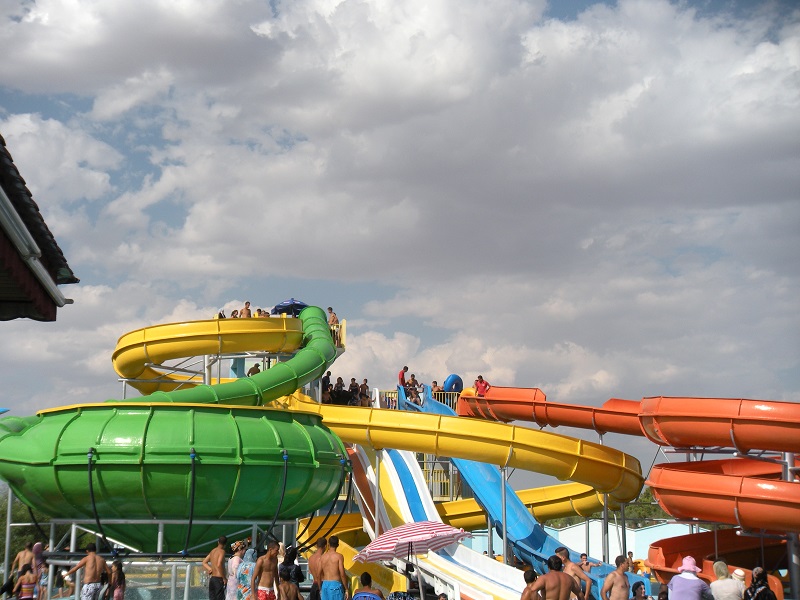
 Business tourism is a major part of tourism in the world.
Business tourism is a major part of tourism in the world.